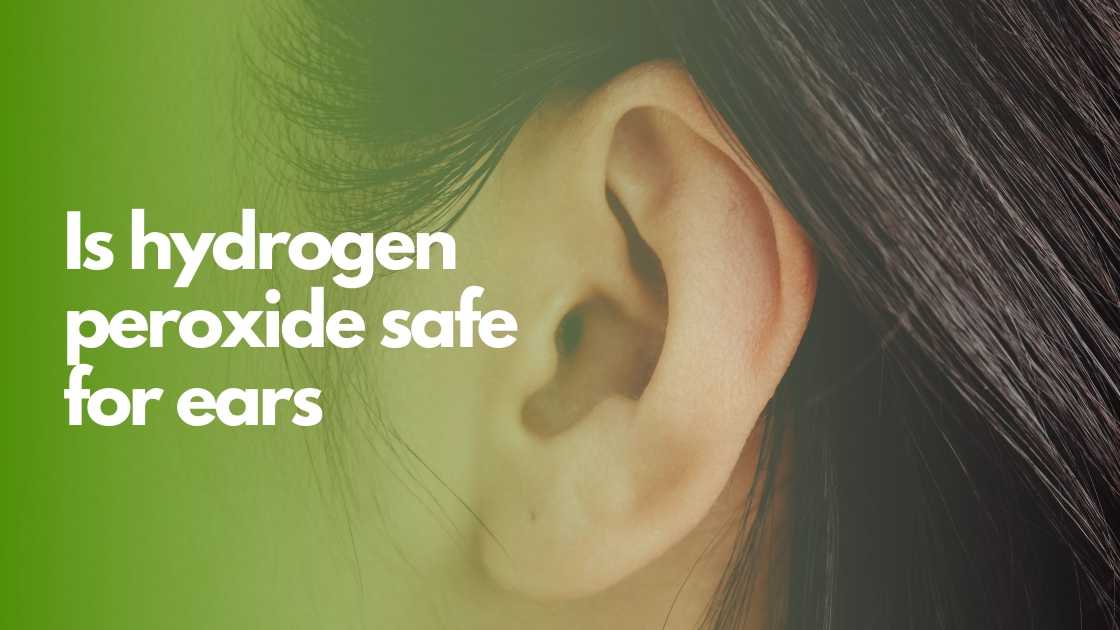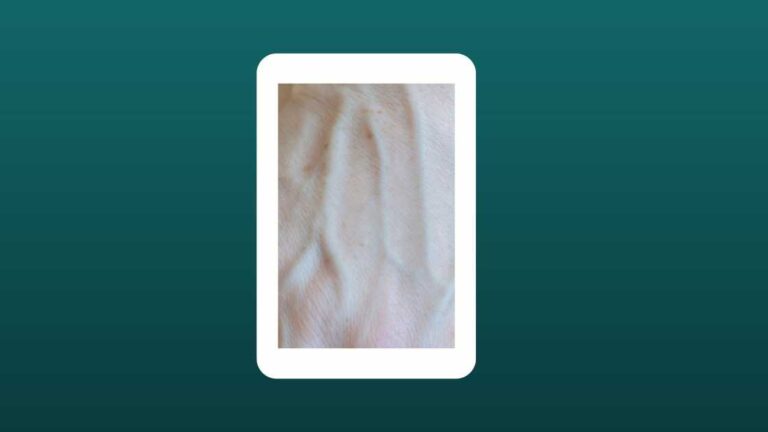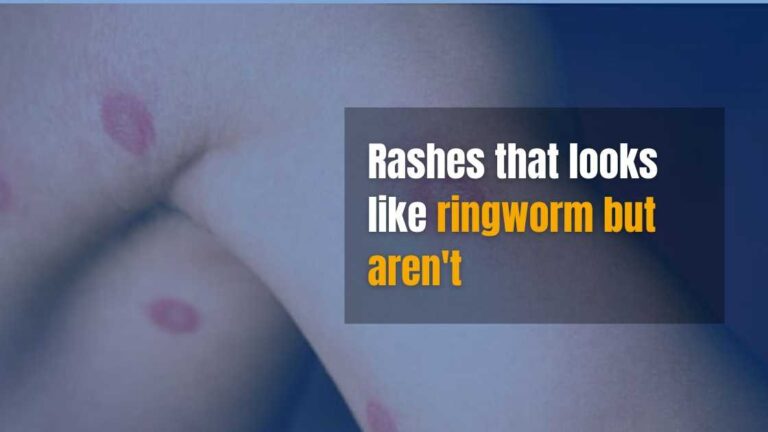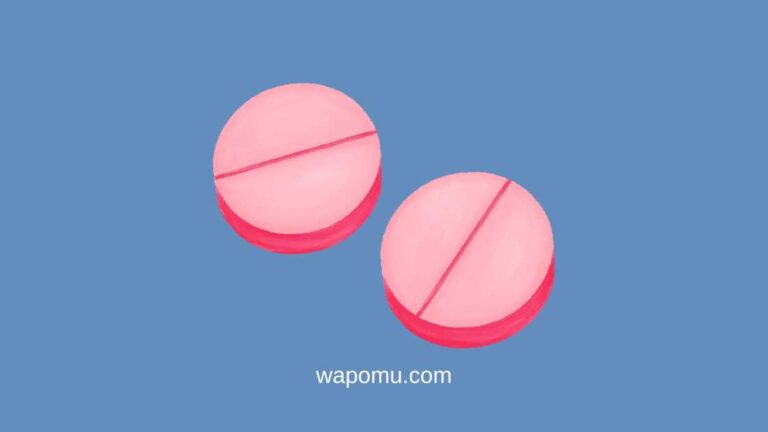The ear has a self-cleaning mechanism, and wax production is one of them; the ear naturally expels the wax. Earwax (cerumen) serves several functions, including mechanical protection of the eardrums; trapping dirt; repelling water; and helping to create a slightly acidic medium, with reports suggesting its antibacterial and antifungal properties.
When your ear produces more wax, you may want to employ any available method to manage the excess wax. The use of eardrops is one of the methods. Hydrogen peroxide is found in some eardrops and is used to soften earwax (cerumen) to make removal easy (1).
In this article, we will explore the safety of using solutions containing hydrogen peroxide to remove wax.
What is hydrogen peroxide?
Hydrogen peroxide is a chemical compound found in eardrops and is used to remove earwax and treat ear infections. Some research indicates that hydrogen peroxide has a powerful cerumenloytic activity. Cerumenolytics work by moistening the earwax, inducing its breakdown (2).
How do you use hydrogen peroxide to remove earwax?
You should adhere to the instructions on the product label or the advice of your Physician or Pharmacist when using ear drops. Consider the following while using this chemical to eliminate earwax:
What you need:
- Hydrogen peroxide solution at a concentration of 3%
- A dropper for medicine
- A towel or a soft cloth
How to use hydrogen peroxide in the ear
- Fill a medication dropper halfway with three percent hydrogen peroxide.
- Lie on a bed with the affected ear pointing toward the ceiling, or tilt the head to one side, with the affected ear pointing toward the ceiling
- Straighten your ear canal and use the dropper to place up to five drops of hydrogen peroxide in your ear. You might need some assistance with this. For adults, pull your earlobe up and back, and for children, pull the earlobe down and back.
- Keep your head tilted so that the ear you drop into the solution remains upright.
- For four to five minutes, stay in this position. As the wax dissolves in the peroxide solution, you might experience a mild, temporary effervescence (fizzing) in the ear as the solution liberates oxygen.
- Slowly turn your head against the soft cloth or towel to drain the solution and excess earwax.
- Using a soft cloth or a hand towel, clean your ears. Make sure the outer ear is completely dry using a clean cloth or towel.
- This process may be carried out once or twice daily for at least 3 to 4 days, and it is not advisable to plug your ear after instilling the drops (3, 4)
Is hydrogen peroxide safe for the ears?
Hydrogen peroxide is safe when used as directed by your healthcare provider. The use of this substance must be limited to the prescribed concentration and frequency.
Earwax can be softened and dissolved using hydrogen peroxide.
The solution has a favorable safety profile, especially at low concentrations, if properly handled. Nonetheless, some people may experience such side effects as:
- mild, temporary effervescence or fizzing
- temporary hearing loss
- bitter taste, if some of the drops drain into the mouth
- temporary ear pain
- tinnitus (a sensation of noise or ringing in the ear) and dizziness
- Discharge from the ears
Hydrogen peroxide is a powerful oxidizing agent that can irritate the skin and produce rashes in certain people, especially with higher concentrations. It can also cause burns and blisters at concentrations higher than 10%. Excessive use of hydrogen peroxide irritates the skin in the ear and can result in ear inflammation and pain.
Furthermore, the residual bubbling induced by hydrogen peroxide used in the ears can make ear tests difficult. Don’t use this chemical unless your doctor tells you to if you have an ear infection or perforated eardrum (5).
Are the other ways to remove earwax?
Generally, it is not medically necessary to clean your ears as the ear has its self-cleansing mechanism. A consultation with an ear, nose, and throat (ENT) doctor is a safe way to undergo ear cleansing.
A few other methods to consider for earwax removal include the following:
- Ear irrigation: Over-the-counter (OTC) ear irrigation kits are available. It is necessary to adhere to the instructions on the product label. The irrigation kits consist of ear syringes used to force the required liquid into your ear canal with your head manipulated so that excess wax, together with the liquid, can flow out of the ear.
- Oil-based drops such as olive oil and peanut oil are available in standard doses for adults and children. You may instill up to five drops of peanut oil into the affected ear twice daily for up to 3 days. For the olive oil, you may instill two to three drops twice daily for up to 7 days. Gently plug cotton wool in your ear to retain the liquid.
- Water-based products such as sodium bicarbonate or acetic acid can also be instilled two to three times a day for up to 3 days.
- Ear-popping (Valsalva maneuver): You must seal your nose during the procedure with your fingers and then blow out with your lips shut and cheeks puffed. If your ears are stuffy or blocked, the maneuver will produce an instant ‘popping’ feel and provide comfort.
- OTC nasal decongestants: If nasal congestion is the cause of your ear blockade, the use of these medications may provide relief. You should follow the instructions provided on the medication label or your Pharmacist.
Avoid removing earwax with cotton-tipped swabs, pens, or candle methods, as these may be harmful (6, 7).
When should I contact a doctor?
Seek professional help if the excess ear wax causes you to experience any of the following :
- dizziness or tinnitus
- fever and general malaise in children
- foreign body in the ear canal
- OTC medication failure
- associated trauma-related conducive deafness
- Persistent or severe ear pain
- Ear discharges
Summary
Hydrogen peroxide ear drops are often used to treat ear infections and earwax removal (cerumen). It is safe when used as prescribed by your healthcare provider. On the other hand, you should adhere to the prescribed concentration and frequency.







Leave a Comment